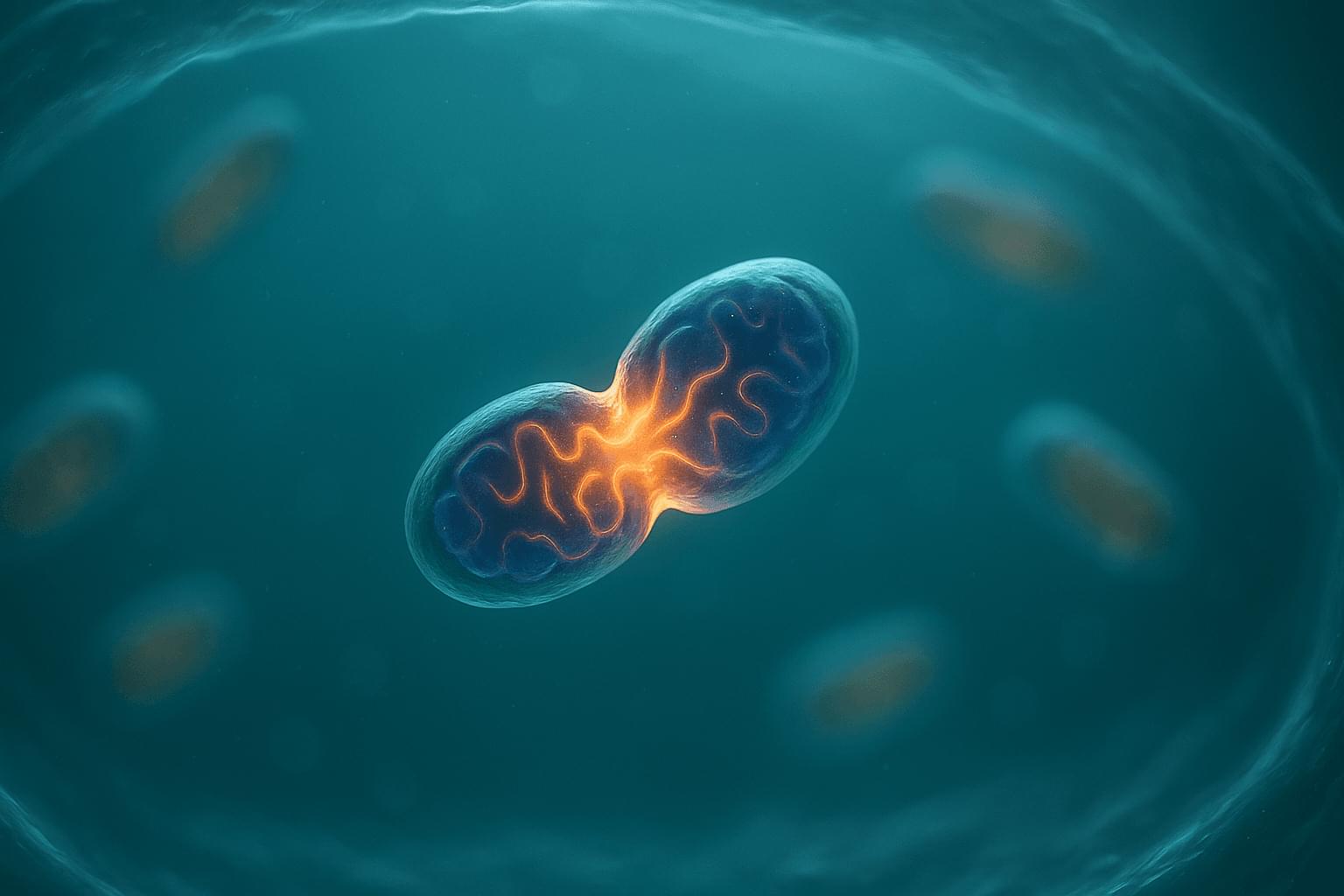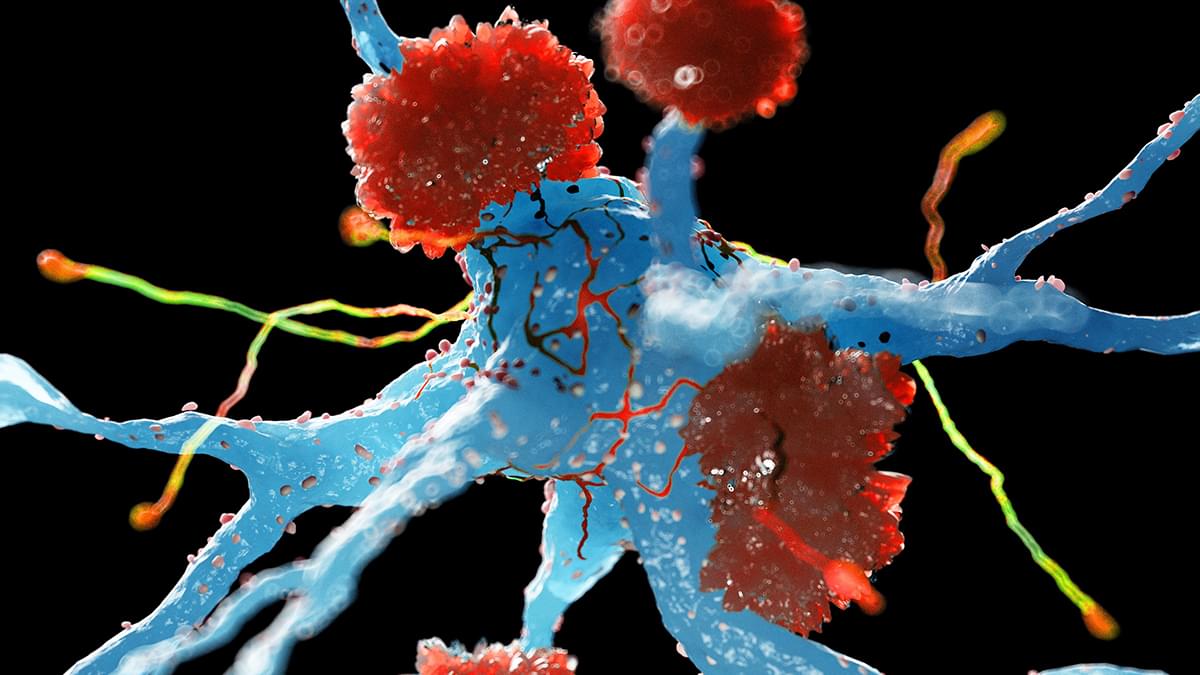The popular open-source SmartTube YouTube client for Android TV was compromised after an attacker gained access to the developer’s signing keys, leading to a malicious update being pushed to users.
The compromise became known when multiple users reported that Play Protect, Android’s built-in antivirus module, blocked SmartTube on their devices and warned them of a risk.
The developer of SmartTube, Yuriy Yuliskov, admitted that his digital keys were compromised late last week, leading to the injection of malware into the app.







